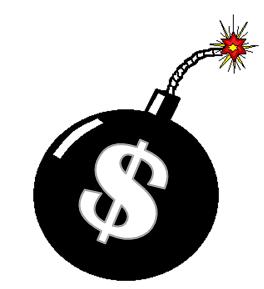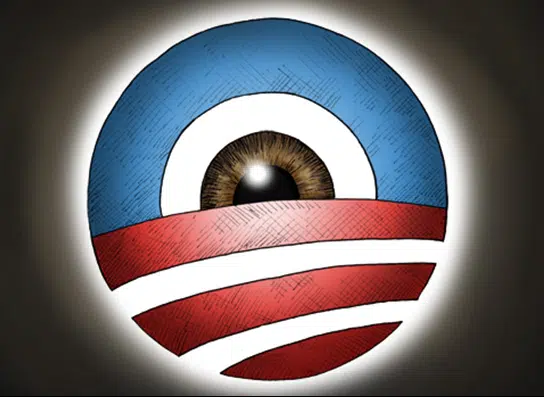The Congressional Budget Office (CBO) reported some good news for a change — the federal budget deficit will fall to $642 billion in 2013.
The primary reasons for the drop are because of the expiration of the $120 billion a year payroll tax holiday and the $85 billion budget sequester going into effect. Plus, on top of that, expenditures, particularly to Fannie Mae and Freddie Mac are less than expected, while revenues for personal and corporate income taxes are more.
CBO suggests the deficit will continue falling through 2017 according to its baseline. But that comes with a very important caveat — that Congress do nothing to increase spending or cancel sequestration.
Read that again. The falling deficit is contingent on Congress not taking action to increase it. Now we have been warned to take the report with a grain of salt, so if and when the deficit is higher than expected, you’ll know why. It will only be because Congress increased spending.
Now, here’s the real headline. The $16.76 trillion national debt will still rise by more than $800 billion this year.
But why the discrepancy? How can the deficit be $642 billion for the year, but the debt increase so much more?
The two major factors here are the government’s direct and guaranteed loan accounts — which are not included in the CBO study but you can see them in White House Office of Management and Budget estimates — which will increase by about $150 billion this year. And debt held by the Social Security and Medicare trust funds is set to increase by another $50 billion or so.
For 2013, that will mean about a 5 percent increase in the debt, below its annual average increase of 7 percent the past 60 years.
That’s almost good news. In order for the U.S. to reduce its share of debt to Gross Domestic Product (GDP) — now more than 100 percent — the nominal growth of the debt will need to be less than the nominal growth of the economy itself.
Alas, CBO projects that nominal economic growth will remain below 5 percent through the decade in its 10-year baseline. That’s bad. The average for nominal growth the last 60 years has been 6.5 percent.
Should economic growth remain lackluster in 2013, the debt-to-GDP ratio will continue to rise. And if Congress should cancel sequestration at some point, it will rise even faster.
To put these figures into perspective, if nominal GDP, at $15.864 trillion at the start of the year, grows 5 percent every year for the next 30 years — a rate faster than the CBO projects — without interruption, by 2042, GDP will total more than $66 trillion.
The debt, which was $16.432 trillion at the beginning of the year, if it returns to growing at an average 7 percent rate annually like it did the last 60 years, by 2042, the debt will be over $125 trillion.
That’s a debt to GDP of almost 190 percent. Don’t even ask what interest payments will be at that point — that could be in the tens of trillions of dollars a year if interest rates go awry. This is what eventually happens when the debt is allowed to grow uncontrollably faster than the economy.
Which means to battle excessive debt, Congress will have to remain ever vigilant against profligate spenders who believe we can borrow into perpetuity. Those who believe that we never need to pay back the debt.
Because should the spenders prevail, the American people will eventually be left with a debt that cannot be refinanced, let alone be repaid. Which won’t be good news.
Robert Romano is the Senior Editor of Americans for Limited Government.








